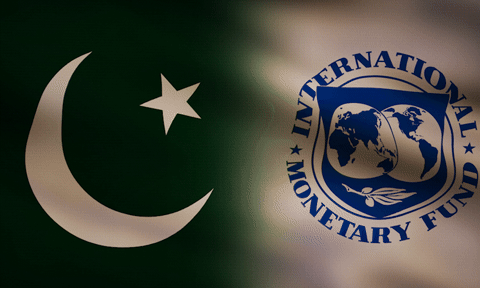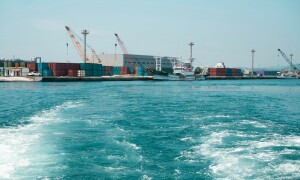Pakistan’s rice exports during the now ending financial year will fall short of the dream $4 billion mark but will manage to clock in at $3.5 billion for the 12M Jul – Jun period. The incremental $1 billion export earnings over the previous record of $2.5 billion is not only the highest ever increase in history, the 81 percent increase over last year dollar value is also highest ever year-on-year percentage increase recorded ever in country’s history.
In fact, rice exports are now the second biggest line item in Pakistan’s goods export scorecard, exceeding all other major export categories such as woven garments, bed linen, home textiles, and cotton fabric, only falling short of knitwear. If Pakistan manages to raise its export volume by just one more million metric ton, rice exports could very well be on their way to become the largest exports out of the country. During the ongoing marketing year, Pakistani rice dominated 11 percent of global rice trade, country’s highest market share for any goods export category at HS-2 level. Pakistan’s position as the fourth largest rice exporter – behind India, Thailand, and Viet Nam is very much on firm footing. The question now really is can it topple Thailand and Viet Nam to become the second largest exporter in years to come.
This is where things become tricky. Beyond short-term challenges such as lifting of Indian ban and unfavorable local market conditions, the global rice opportunity is set to become more lucrative for Pakistan in years to come. Traditional large exporters such as India, Thailand, Viet Nam are also the largest consumers, where growing population and per capita incomes – juxtaposed with rising extreme weather events and adverse climatic conditions – is leading to dwindling exportable surpluses. Although the US produces a mean exportable surplus, it is barely sufficient to meet the gaping demand gap in the Western Hemisphere, where rice are traditionally popular in the Hispanic-Portuguese and Native American cultures. In addition, the freight disadvantage puts export of US origin rice to Asia and Africa a particularly unattractive proposition, give Pakistani rice a unique advantage.

Pakistan’s rice advantage lies in that it is probably the only commodity produced in the country where local consumption is less than exports and has historically been so. Pakistanis are not traditionally married to the idea of rice as their primary grain staple, but that’s also because the semi-arid climatic conditions of the Indus Basin are not at all suited for rice cultivation. Rice cultivation is best suited to hot and humid tropical climates which receive maximum rainfall and is not dependent on canal-fed irrigation.
In contrast, Pakistan’s rice cultivation is almost exclusively canal-fed. Water sector experts unanimously insist that if the canal water consumption in rice cultivation were priced on market basis, Pakistani growers would cease to cultivate rice altogether. The $4 billion annual rice export opportunity is almost purely dependent on the water subsidy, in a country which is not only water stress, but where future canal water availability shall also become increasingly irregular and uncertain.
Which means that the miracle of rice exports witnessed during 2023-24 is not only not dependable but is also dangerous for a country where they have now come to represent 15 percent of total goods export earnings.
Congratulations on the windfall’s profits and phenomenal export earnings. But let’s not get used to it.























Comments
Comments are closed.